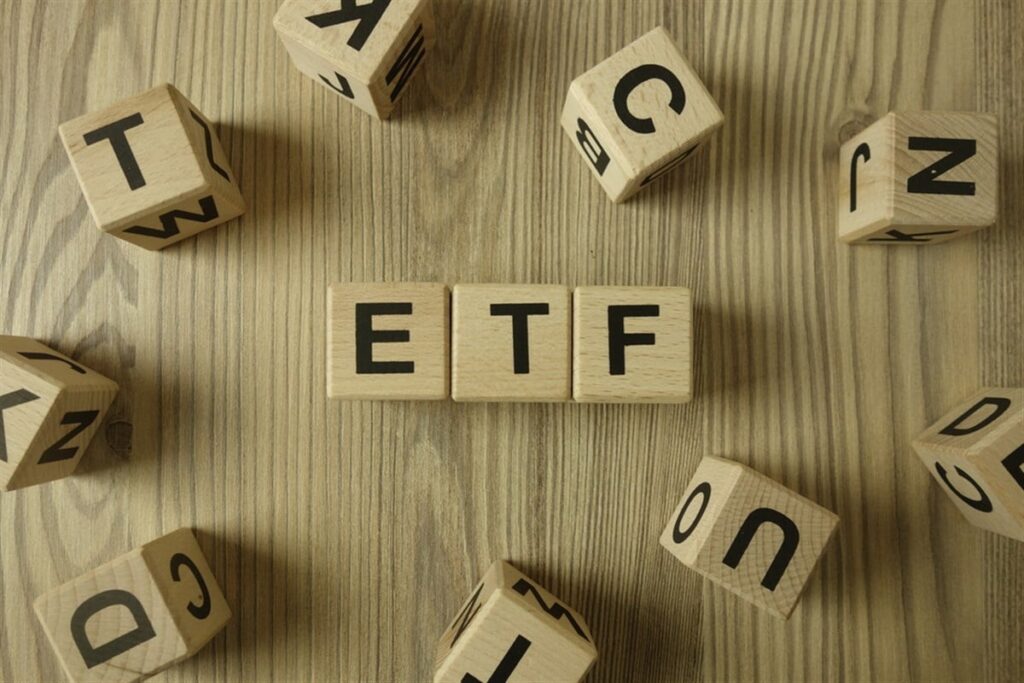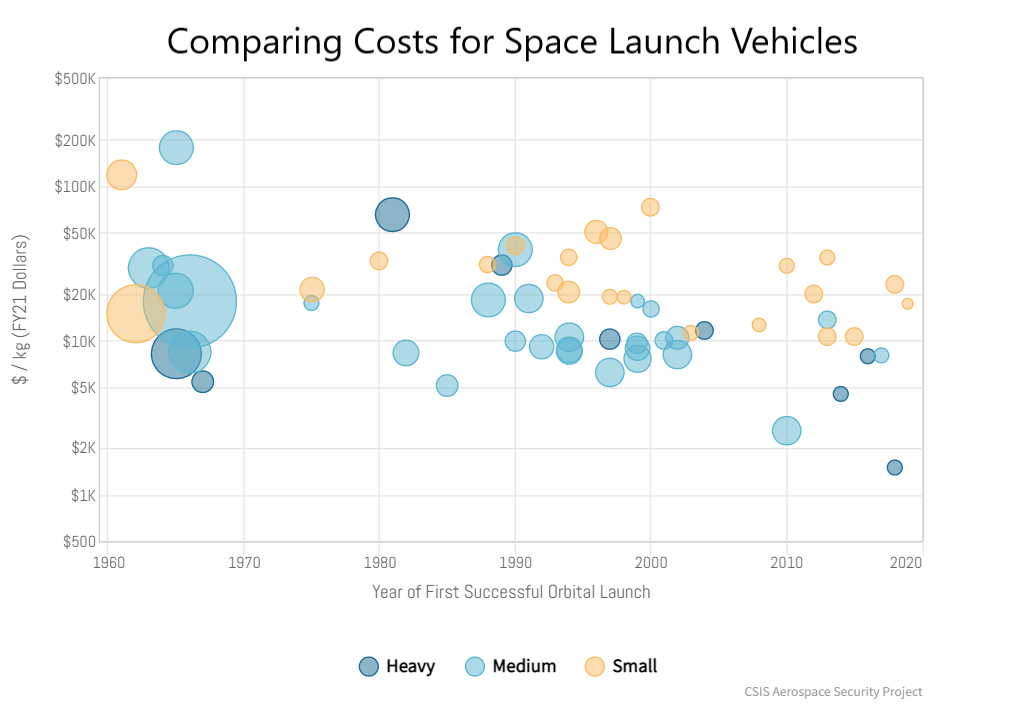The S&P 500 enjoyed an excellent performance trajectory throughout 2024, having returned more than 26% in the year leading to December 27. As a proxy for the broader U.S. economy, this index has demonstrated that the economic environment is strong and continuing to grow, broadly speaking. Of course, this is not to say that all stocks—or certainly even all stocks within the S&P 500—have performed at the same level. Indeed, investors looking for outstanding individual companies over the last year should keep in mind that their benchmark for beating the market is quite high.
Many investors make a wide-ranging S&P 500 ETF or similar product a staple of their portfolio. Funds like the SPDR S&P 500 ETF Trust NYSEARCA: SPY or the iShares Core S&P 500 ETF NYSEARCA: IVV offer an easy way of accessing the breadth of the index with minimal effort on the part of the individual investor. Whether you include one or more of these funds in your portfolio already or not, though, there may be reasons to consider increasing your portfolio allocation in order to focus more heavily on the S&P.
Winning the Expense Ratio War
Vanguard S&P 500 ETF Today
Vanguard S&P 500 ETF
(As of 12/27/2024 05:45 PM ET)
- 52-Week Range
- $428.64
▼
$559.96
- Dividend Yield
- 1.09%
- Assets Under Management
- $592.52 billion
Add to Watchlist
Expense ratios—fees that investors pay to ETF managers to cover costs such as portfolio oversight and administration, among other things—make a tremendous difference in the long-term returns of an S&P 500 ETF. SPY, the first-ever ETF and still the largest of all S&P 500 ETFs with more than $632 billion in assets under management as of December 26, 2024, has an expense ratio of 0.09%. The Vanguard S&P 500 ETF NYSEARCA: VOO, another major player in the space but with a smaller asset base of $583 billion as of the same time, has an expense ratio of 0.03%, or a third of the cost of SPY. It’s true that both of these fees are low in comparison to the broader ETF space, but the difference will compound over time for investors buying and holding over an extended period.
Perhaps more importantly, investors should observe that ETF providers have had an incentive to lower their fees on S&P 500 funds as an incentive to draw in additional assets—because the funds track the same index and are often functionally the same, the expense ratio is one of just a few metrics that can sway investors toward one fund or another.
Dollar-Cost Averaging Dominates
Investors with assets already focused on S&P ETFs will nonetheless likely benefit from continuing to contribute toward these investments over time, thanks to dollar-cost averaging. Because the S&P 500 broadly trends higher over time—it reached new records dozens of times in 2024 alone—it’s likely that, despite inevitable downturns, it will continue to hit new highs in the future. By investing periodically in S&P 500 funds, even when the index is at or near an all-time high, investors capitalize on the principles of dollar-cost averaging to maximize potential returns going forward.
Investors may look at the recent performance of the S&P 500 and assume that buying into an S&P ETF means buying at the top—typically an investment strategy to be avoided! However, historically, as high as the S&P 500 may be now it is likely only going to go up from here over the long term.
Benefits Over Other Funds
SPDR Portfolio S&P 500 ETF Today
SPDR Portfolio S&P 500 ETF
(As of 12/27/2024 05:45 PM ET)
- 52-Week Range
- $54.87
▼
$71.64
- Dividend Yield
- 1.09%
- Assets Under Management
- $55.26 billion
Add to Watchlist
Investors have a host of other ways of accessing the S&P 500, including a growing number of mutual and index funds. However, ETFs often win out based on expense ratio, particularly in comparison with Class C mutual funds, which often have significantly higher expense ratios.
ETFs like the SPDR Portfolio S&P 500 ETF NYSEARCA: SPLG may also have an advantage over certain other S&P 500-focused funds because the latter can experience higher degrees of tracking error when the contents of the portfolio of the fund differ somewhat from the index itself and thus yield different results over time. Funds may also be rebalanced at different intervals, potentially contributing to tracking errors or a lack of transparency regarding portfolio content for investors.
Before you consider SPDR Portfolio S&P 500 ETF, you’ll want to hear this.
MarketBeat keeps track of Wall Street’s top-rated and best performing research analysts and the stocks they recommend to their clients on a daily basis. MarketBeat has identified the five stocks that top analysts are quietly whispering to their clients to buy now before the broader market catches on… and SPDR Portfolio S&P 500 ETF wasn’t on the list.
While SPDR Portfolio S&P 500 ETF currently has a “Hold” rating among analysts, top-rated analysts believe these five stocks are better buys.
View The Five Stocks Here

Thinking about investing in Meta, Roblox, or Unity? Click the link to learn what streetwise investors need to know about the metaverse and public markets before making an investment.
Get This Free Report
Like this article? Share it with a colleague.
Link copied to clipboard.



